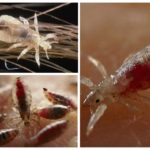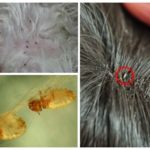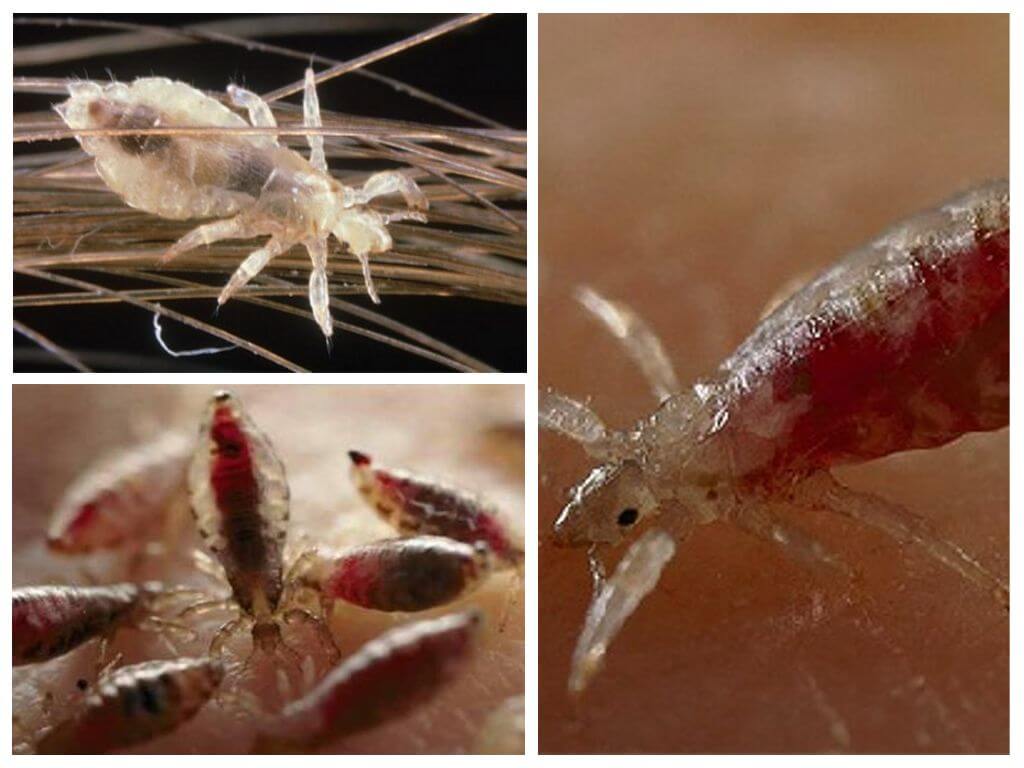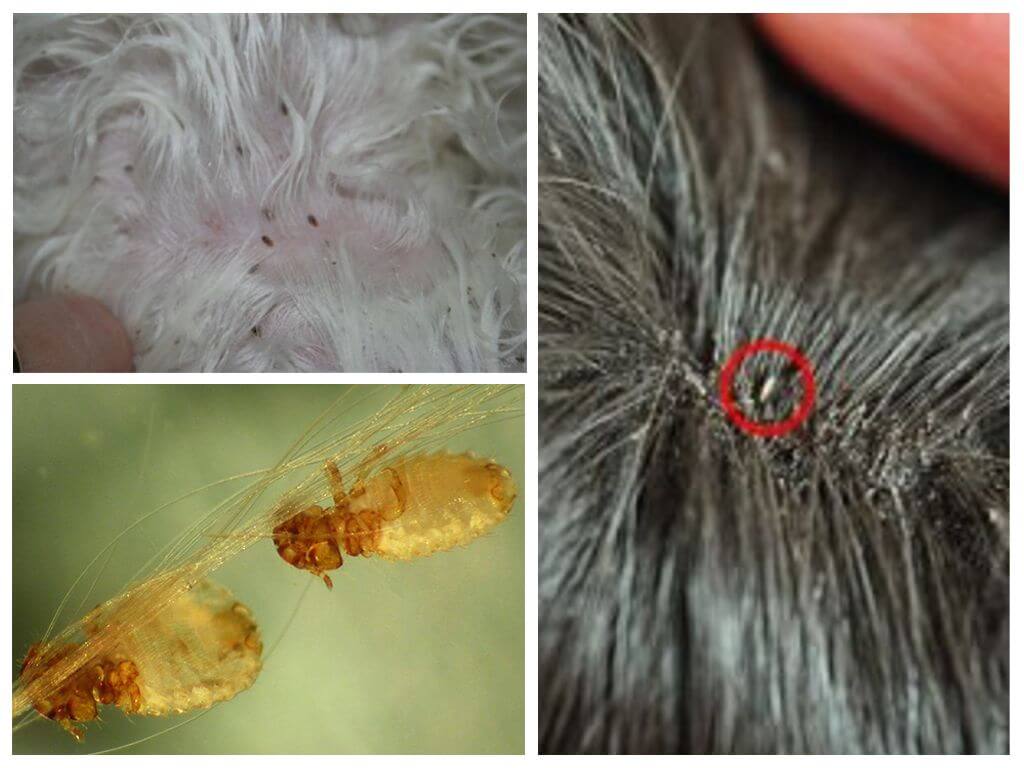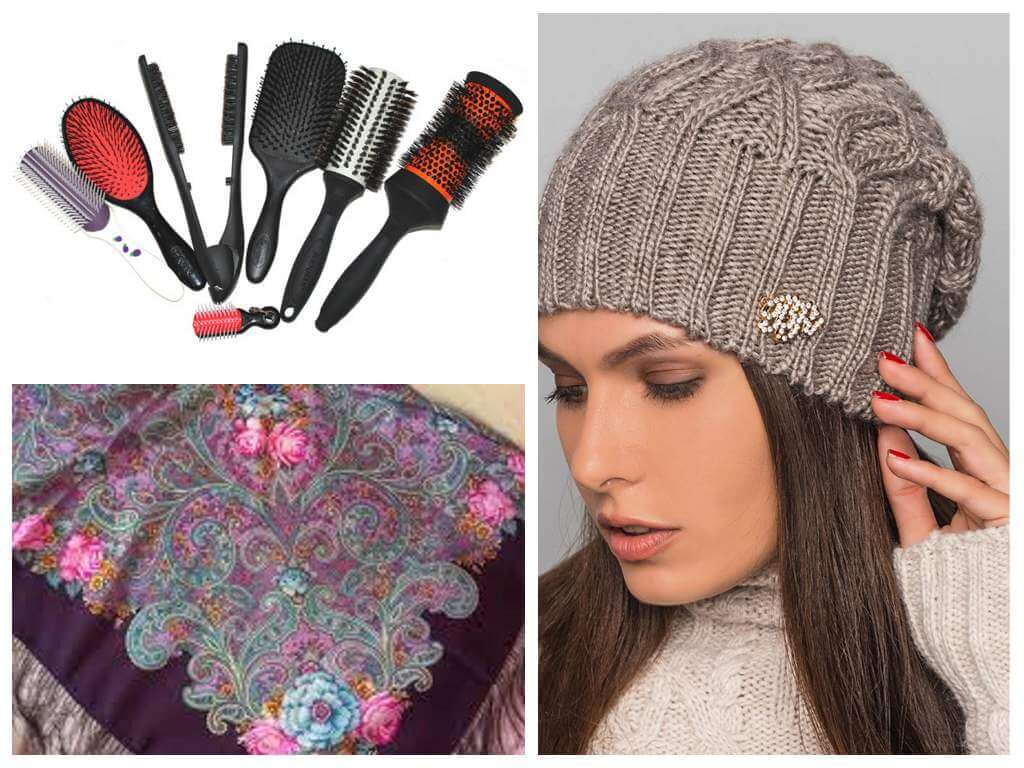How are lice and nits transmitted
Content
- Types of lice
- Head lice
- Dog lice
- Things and care products
Pediculosis - Parasitic disease caused by small insects - lice. At risk are disadvantaged families, persons without a certain place of residence, children under 14 years. There are several types of human lice - head, wardrobe, pubic. Parasites live for about 40 days, multiply rapidly, feed on blood. Knowing how lice are transmitted, the possibility of infestation can be minimized.
Features of different types of lice
To determine how you can get head lice, how quickly lice spread, you need to have an idea about the life cycle of the parasites.
- Head louse. The most common type. The body of an adult individual reaches 4 mm. He lives on the head of a person under the hair, feeds on blood. Nits eggs lay 4 pieces per day closer to the hair roots. Adhesive firmly fixes eggs to the hair. Nits can not be washed off with water and detergent, comb a regular comb. Incubation period makes 14 days, after that nymphs appear. A week later, the larvae turn into imago, start reproduction. Main lice symptom a man has an unpleasant itch.
- Cootie. Externally, the parasite is similar to head lice, but somewhat different way of life. She lays eggs, does not live on the human body, in the folds, the seams of bedding, things. They prefer to eat in the dark. Linen lice bites on the body, severe itching becomes noticeable in the morning. Life cycle similar to head lice.
- Pubic louse. Differs appearance. The insect is more like a small crab. Body length about 2 mm.The parasite lives on the hair of the pubis of a person. With a strong infection lives on the thighs, abdomen, in the armpit, on eyelashesbrows. On the head, the pubic louse does not settle down for several reasons - the hair does not fit the structure, it is difficult to reach the blood of such a petty creature. The disease develops asymptomatically for the first time - about 2 weeks. With the advent of the first offspring, a person feels a strong itch on the pubis.
Immediately after becoming an adult, mature individuals begin multiply rapidly. The male fertilizes the female, soon dies. The stock of seminal fluid is enough for the insemination of all eggs. Every day the female lays from 4 to 10 eggs. In order for an infection to occur, it is enough to appear on the head of a man of a single female. During the month there will live a whole population.
Pediculosis Transfer Myths
Lice are familiar to man since ancient times. Herodotus, Aristotle wrote about these parasites in his treatises. Mummified insects found in Egyptian tombs. Pediculosis was compared with a curse, tried to explain such a rapid reproduction. The prevalence of the disease in the modern world is much lower, but continues to torment a persontorment yourself with hunch about the possibilities of infection.
- The question of whether lice jump from head to head concerns many people. There is a version that the insect is able to jump a distance of 1 m. What do the scientists say? Do head lice jump or crawl?
Parasites are not capable of jumping from a physiological point of view. Hind limbs are no different from the front, designed to crawl. A distance of about 50 cm from the patient is safe. You can not get infected with a handshake. In order for an insect to crawl onto another head, close contact is needed for at least 5 minutes. Lice do not fly. They have no wings. - Parasites love dirt, live on an untidy, unwashed human head. This fact is also disproved. This opinion was formed in ancient times, when insanity conditions reigned in poor families. The fact of the spread of the disease among unwashed people is related to the attitude to personal hygiene. In dysfunctional families, little attention is paid to this issue, lice develops at a rapid pace.
Interesting!
Scientists have shown that lice take root faster on a clean, well-groomed human head. There is no layer of dirt, so it is easier to get to the power source - to the vessels.Old people warned the young: “Do not wash your head often, you will get lice!”
- Lice develops in the nervous system. According to one theory, the larvae of lice are under the skin of each person. In unstable nervous condition - under the influence of strong stress, prolonged depression, the development of parasites is activated. At a certain time, they go outside, begin to fully parasitize a person. To this opinion came the ancient experts after studying the life of scabies mites. Lice are not able to live under the skin, because there is no access to oxygen.
Interesting!
People associate the appearance of lice in the nervous system after experiencing strong negative emotions - the funeral of loved ones, the loss of property. Scientists have found that in such a situation, the vibration of nerve impulses changes, a person attracts parasites.
- Lice can be infected by pets. Human parasites do not live on animals, because their blood does not allow insects to produce offspring. Cats, dogs, other pets do not attract lice, which are parasitic on humans, are not able to transmit them. Animals have their lice - lashingthat fall on the body of a person by mistake, do not stay there for a long time.
All myths about pediculosis have long been debunked. It is precisely known how lice are transmitted to a person, how much a disease develops, how to fight. Below is a photo of lice in the hair.
Ways to transmit lice
No less troubling is the question of how pediculosis is transmitted. The source of infection is the sick person, his personal belongings. Some circumstances contribute to the development of the disease.
- Touching the head to the patient's hair is the most common way lice are transmitted from person to person. This way of transmission is characteristic of close people, small children, lovers. Lice move to another head during hugs, kisses, childish pampering. This method of transmitting pediculosis is not typical for dress lice, pubic. The latter are transmitted through sexual contact. Material lice do not live on the body, but on things.
- Pediculosis of a different type is transmitted through the personal belongings of the patient. Headwear - hats, kerchiefs, caps, panama, rubber bands, hairpins, hairbrushes. Clothes - any thing, even outerwear. It is enough to place your coat near contaminated clothing for a while.Pubic - underwear, towels. For about 5 days, parasites can live without food outside the body of the victim. You can get head lice by spending the night in a sick person’s bed.
- The spread of the disease is possible through the water. Caught randomly in the water of a pool in a closed reservoir, the louse swims for about 5 days in the hope of finding a new victim. If there is a person in such water without a swimming cap, she risks losing head lice.
Interesting!
In Soviet times, girls were not allowed to walk with flowing hair in public places. Increased risk of lice transmission. Less likely to infect girls who go with pigtails.
Often, disputes arise as to how nits are transmitted to humans. No Their appearance is possible only in the presence of an adult individual. The adhesive does not allow the eggs to detach from the hairs. Even after the appearance of a nymph in the world, the shell continues to hold on to the hair.
Preventive measures
In schools for lice prevention periodically inspect children lead special journal. At home, the baby’s head should be checked every week.The place should be with good lighting, use a comb with fine teeth, a magnifying glass. Children need to talk about headache hazards, ways of transmission, symptoms.
You can not:
- put on the other person's things;
- use someone else's hairbrushes;
- cuddle with unfamiliar people;
- swim in the pool without a rubber cap;
- use someone else's towels;
- sleep in bed without changing bedding.
Symptoms of pediculosis do not appear immediately. Itching causes the saliva of parasites, which they admit to the blood to thin. Over time, the substance accumulates. An allergic reaction occurs, intolerable itching appears. With constant scratching on the body, scratches, abrasions, scratches are formed. With a strong infection, the infection gets into the wounds, complications develop.
Despite the large number remedies for pediculosis, the disease continues to torment people. To avoid trouble, you must adhere to the rules of prevention, check the heads of children, respond to itching in a timely manner, exercise effective treatment. To get rid of laundry lice, you need to put in order not only yourself, but also things, bedding.


